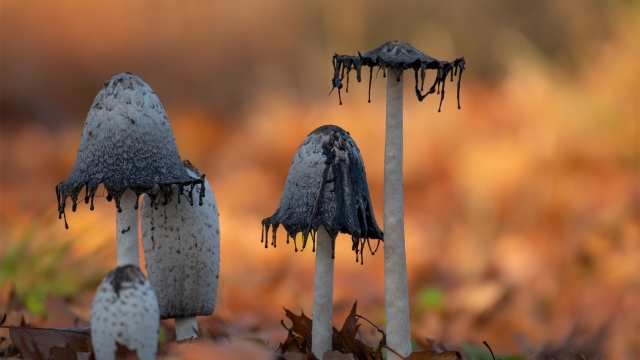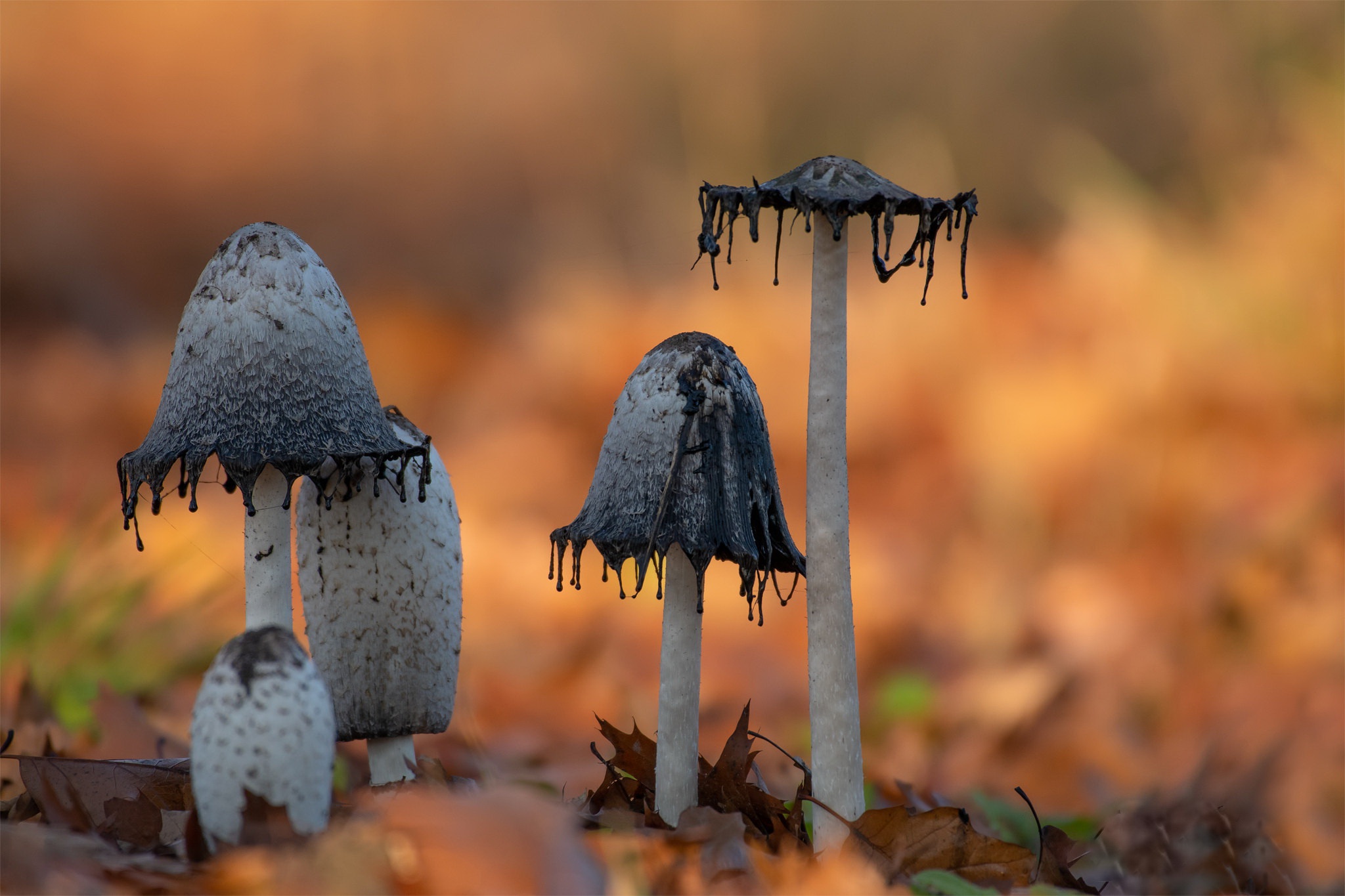
Mushroom Mania: Cultivating the Perfect Fungi

Mushroom Mania: Cultivating the Perfect Fungi
If you’ve ever marveled at the beauty and diversity of mushrooms, you may have wondered how these fascinating organisms are grown. Mushroom growing, also known as mushroom cultivation, is an intricate art that has been practiced for centuries. From the enchanting oyster mushrooms to the earthy shiitakes, there is a mushroom for every palate and culinary creation.
Embarking on the journey of mushroom growing allows you to unlock a whole new world of flavors and possibilities. It is a delicate process that requires patience, attention to detail, and a deep understanding of the specific conditions required by different mushroom varieties. Whether you’re a seasoned gardener looking for a new challenge or a food enthusiast eager to explore the realm of fungi, learning the art of mushroom cultivation opens up a realm of possibilities.
In this article, we will delve into the fascinating world of mushroom growing, exploring the techniques, tools, and secrets necessary to cultivate the perfect mushrooms. From the initial selection of mushroom spawn to the careful control of environmental factors such as temperature, humidity, and light, each step of the cultivation process plays a crucial role in the development and growth of these delectable fungi. Join us as we unravel the intricacies of mushroom cultivation and embark on a journey where nature’s bounty meets human ingenuity.
Choosing the Right Mushroom Type
When it comes to mushroom growing, selecting the appropriate mushroom type is crucial for a successful cultivation journey. With a wide variety of options available, it’s important to consider factors such as growth conditions, desired flavors, and cultivation difficulty.
Popular Choices: One popular choice for beginners is the button mushroom (Agaricus bisporus), known for its mild flavor and versatility in various culinary dishes. Another commonly cultivated variety is the oyster mushroom (Pleurotus ostreatus), which offers a more delicate taste and can thrive in a range of growing environments.
Specialty Mushrooms: For those looking to experiment with unique flavors and textures, specialty mushrooms provide exciting options. Shiitake mushrooms (Lentinula edodes) offer a distinct smoky flavor, while the delicate enoki mushrooms (Flammulina velutipes) add a lovely crunch to salads and soups. Lion’s mane mushrooms (Hericium erinaceus) have a seafood-like taste and a delightful, cascading appearance when mature.
Consider Growing Conditions: Different mushroom types have varying requirements when it comes to growing conditions. Some varieties, like the white button mushroom, prefer a controlled indoor environment, while others, such as certain wood-loving mushrooms like shiitake, thrive in outdoor settings where they can grow on logs or tree stumps. Knowing the ideal growing conditions for your chosen mushroom type is essential for successful cultivation.
By carefully considering the mushroom type, aspiring cultivators can embark on a rewarding journey into the world of mushroom growing. Whether opting for popular choices or exploring specialty varieties, finding the right fit will pave the way for a fruitful and enjoyable mushroom cultivation experience.
Creating the Ideal Growing Environment
To ensure successful mushroom growing, it is crucial to create the ideal environment for these fungi to thrive. The right conditions will significantly impact the growth and yield of your mushrooms. Here are three key factors to consider when establishing the perfect growing environment:
Temperature: Maintaining the correct temperature is essential for successful mushroom cultivation. Different mushroom varieties have varying temperature requirements, but most prefer a range between 55 to 65 degrees Fahrenheit (12 to 18 degrees Celsius). It’s important to monitor and regulate the temperature consistently throughout the growing process, as fluctuations can hinder growth or even lead to crop failure.
Humidity: Mushrooms thrive in moist and humid conditions. Adequate humidity prevents them from drying out and promotes healthy fruiting. Typically, a humidity level of around 80% is ideal for most mushroom varieties. To achieve this, you can use methods such as misting the growing area regularly or utilizing humidity control devices like humidifiers or vaporizers.
Ventilation: While mushrooms require humidity, they also need a well-ventilated environment to prevent the buildup of carbon dioxide and excess moisture. Good air circulation helps remove stale air and prevent the growth of mold or other contaminants. Ventilation can be achieved by using fans or natural airflow through strategically placed vents or openings in the growing area.
Cubensis
By carefully regulating temperature, humidity, and ventilation, you can create an optimal growing environment for your mushrooms. Creating these ideal conditions will greatly increase the chances of a successful yield and ensure you are on your way to mushroom mania.
Harvesting and Storing Mushrooms
Growing your own mushrooms is a rewarding experience, but the real excitement comes when it’s time to harvest the fruits of your labor. Proper harvesting and storing techniques are essential to ensure the best quality mushrooms. Let’s explore some key tips for harvesting and storing mushrooms.
Harvesting:
When it comes to harvesting mushrooms, timing is crucial. It’s best to harvest them when the caps are fully expanded but before the veil underneath breaks. Gently twist or cut the mushrooms at the base of the stem to remove them from the substrate or growing medium. Remember to wear clean gloves to avoid contaminating the mushrooms.Cleaning:
Before storing the harvested mushrooms, it is important to remove any debris or dirt that may be clinging to them. Use a soft brush or a damp cloth to gently wipe off any dirt or unwanted particles. Avoid washing the mushrooms with water, as they are like sponges and can absorb excessive moisture, which can lead to spoilage.Storing:
To maximize the shelf life of your mushrooms, it’s crucial to store them properly. The best way to store mushrooms is to place them in a paper bag or a breathable container. Avoid using plastic bags, as they can trap moisture and accelerate spoilage. Store the mushrooms in the refrigerator’s crisper drawer, where it is cool and humid. Remember to check your mushrooms regularly and remove any that show signs of spoilage to prevent them from affecting the rest.
By following these simple guidelines for harvesting and storing mushrooms, you can enjoy the fruits of your labor for a longer period. Remember that freshness is key when it comes to mushrooms, so try to consume them within a few days of harvesting for the best flavor and nutritional value. Happy mushroom growing!



